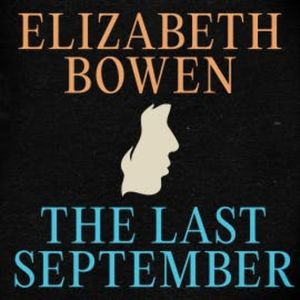The Last September is set in Ireland during the Irish War of Independence in the early 1920s, a time of political turmoil and social change. The story focuses on the Fall of the Anglo-Irish aristocracy, symbolized through the life of 18-year-old Lois Farquar, who is living with her aunt and uncle at their country estate, Danielstown.
Lois's coming-of-age is intertwined with the unraveling of the societal structures around her, as the tension between the Anglo-Irish gentry and the Irish nationalists intensifies. The novel explores themes of political conflict, personal disillusionment, and the complexities of love, loyalty, and identity. Lois is caught in a world of fading privileges, societal expectations, and uncertain allegiances, while also navigating her own desires, relationships, and the shifting nature of her identity.
Through Bowen's rich, atmospheric prose, The Last September portrays the personal and cultural upheaval of the period, highlighting the impact of historical change on individual lives. The novel paints a vivid picture of a world in transition, as characters struggle with the forces of history, the loss of old certainties, and the inevitability of change.
